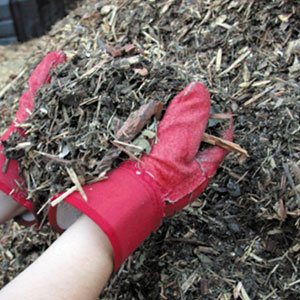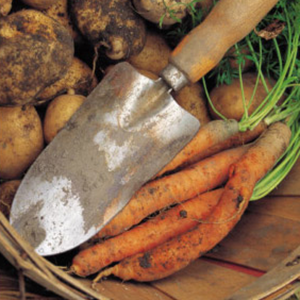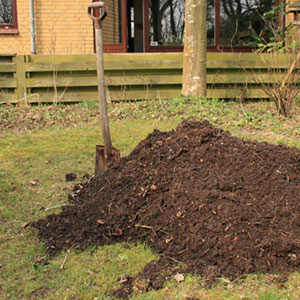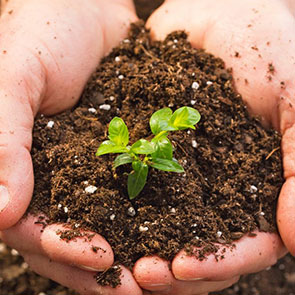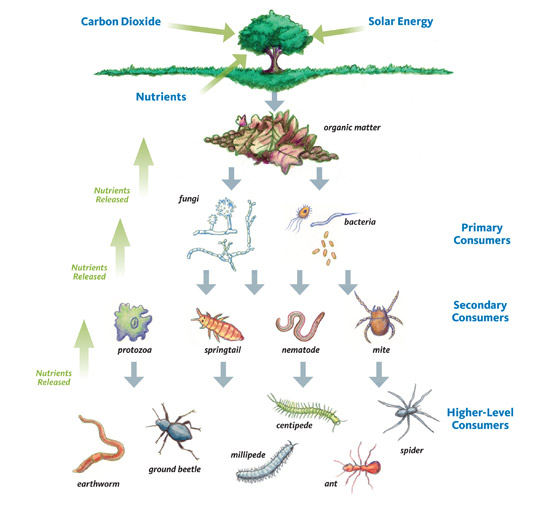
Air, water and organic matter within soil support soil organisms. Image credit: Wikimedia Commons
Support the Soil Food Web
The soil food web is the key to fertile soil. Plants are the producers — they use the sun’s energy to convert water and carbon dioxide into plant material via photosynthesis. The primary consumers or decomposers, mainly fungi and bacteria, digest fallen leaves and other organic matter. Secondary consumers, such as mites and protozoa, feed on the fungi and bacteria and release nutrients that can be absorbed directly by plants, while undigested remains become part of the soil’s organic matter. Higher level consumers, such as earthworms and ants, feed on the secondary consumers. Their fecal pellets become part of the soil, as well, and they release nutrients that spur plant growth.
Air, water and organic matter within the soil support soil organisms which aid in healthy plant growth, nutrient cycling, pollutant removal and improved soil structure. The diversity and abundance of soil organisms is directly related to the organic matter content of the soil. Soil organisms require air and regular inputs of organic matter.
Strategies for protecting and encouraging soil organisms include:
- Limiting soil disturbance and tillage
- Restoring overly compacted soils to allow air and water movement
- Covering soil with plants or mulch. Regularly apply layers of compost or organic mulch such as tree leaves or bark to the top of the soil
- Avoiding pesticides that may harm soil biota
- Planting a diverse garden to provide a variety of food sources
- Returning mulched lawn clippings to the soil
- Allowing leaves and other plant materials to decompose in the garden
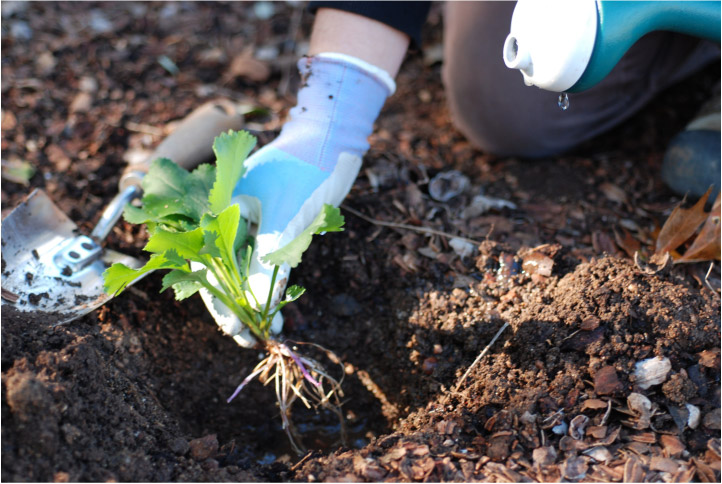
Plants function as producers in the soil food web, providing a host of consumers with organic matter. Image credit: Philip Hawkins

